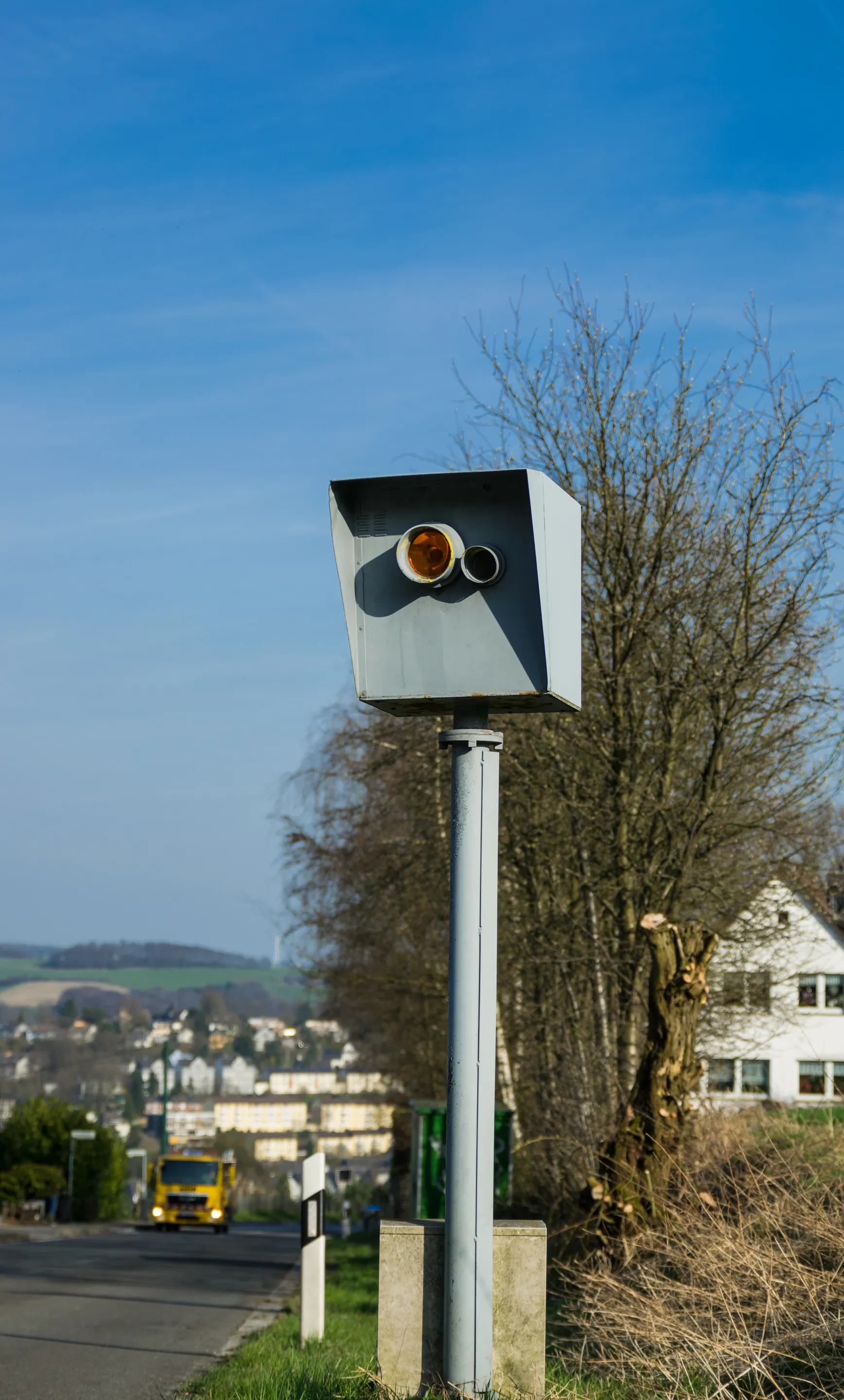A national UK survey by the Institute of Advanced Motorists (IAM) has shown that although most drivers support speed cameras, people in London and north-east are less enthusiastic.
The survey polled 1,000 drivers of all age groups across Britain and asked “It is now common for the authorities to use speed cameras at the side of the road to identify vehicles involved in speeding offences. How acceptable do you think this is?” The national average is 79% but only 69% of Londoners said it was acceptable, do
November 6, 2015
Read time: 3 mins

A national UK survey by the 5125 Institute of Advanced Motorists (IAM) has shown that although most drivers support speed cameras, people in London and north-east are less enthusiastic.
The survey polled 1,000 drivers of all age groups across Britain and asked “It is now common for the authorities to use speed cameras at the side of the road to identify vehicles involved in speeding offences. How acceptable do you think this is?” The national average is 79% but only 69% of Londoners said it was acceptable, down from 85% in 2011, according to IAM, the UK’s largest independent road safety charity.
The north-east also has seen a decrease in acceptance in the past year, down from 84% to 70%. The north-west, Yorkshire and Humber and Scotland have also all seen acceptability decrease over the four year period.
When asked if they agree with the statement “Speed cameras are only sited at places where accidents are happening” again there was a sharp decrease in people in the north-east and London agreeing with it. Only 37% of those polled in the north-east agreed with this, down from 69% between 2013 and 2014.
In London the numbers agreeing fell from 46% to 28%. The north-east has seen the biggest fall in drivers agreeing with the statement (from a peak of 69% in 2013 to 37% in 2014).
We asked if they agree with the statement: “Raising money from fines is not the motive for speed cameras” there is a sharp fall in those in the north-east and London agreeing compared to 12 months ago, and a gradual fall over the past four years. In 2011, 48% of people agreed with this statement in London, which has dropped to 29% last year. In the north-east those agreeing with the statement dropped from 58% in 2013 to 30% last year.
The West Midlands and London are the only regions where the overall trend since 2011 indicates that more drivers believe raising money from speed cameras is the motive (from 37% in 2011 to 56% in 2014 for London, and from 51% in 2011 to 58% in 2014 for the West Midlands).
With deaths on UK roads having fallen from around 3,600 in the mid-nineties (when speed camera use became widespread) to 1,713 in 2014, respondents were asked: “To what extent do you believe speed cameras have helped in this decline?”
While there is a very high agreement across the country for this statement, the north-west is the only region to see a consistent year-on-year decrease in those who believe speed cameras have contributed to the decline in road fatalities.
And there was a sharp fall in those in the north-east in the past year who agree with the statement that speed cameras have helped in this respect, from 91% to 57%.
IAM said it supports the use of safety cameras at collision hot spots, on roads with a bad crash record and at areas of proven risk, such as motorway road works.
However, the IAM also said it is vital for their credibility and for road safety policy that their use is concentrated on these areas, directly linked to speed related crashes and casualties. It also suggested that cameras should be a temporary solution until long-term engineering improvements can be made to solve the problem permanently.
Sarah Sillars, IAM chief executive officer, said that Public support is very important when it comes to effective speed camera operation.
“They will respect them if they can see their effectiveness and these regional variations highlight where extra work is needed to convince drivers of the benefits and to counter media perceptions and urban myths around cameras,” she said.
The survey polled 1,000 drivers of all age groups across Britain and asked “It is now common for the authorities to use speed cameras at the side of the road to identify vehicles involved in speeding offences. How acceptable do you think this is?” The national average is 79% but only 69% of Londoners said it was acceptable, down from 85% in 2011, according to IAM, the UK’s largest independent road safety charity.
The north-east also has seen a decrease in acceptance in the past year, down from 84% to 70%. The north-west, Yorkshire and Humber and Scotland have also all seen acceptability decrease over the four year period.
When asked if they agree with the statement “Speed cameras are only sited at places where accidents are happening” again there was a sharp decrease in people in the north-east and London agreeing with it. Only 37% of those polled in the north-east agreed with this, down from 69% between 2013 and 2014.
In London the numbers agreeing fell from 46% to 28%. The north-east has seen the biggest fall in drivers agreeing with the statement (from a peak of 69% in 2013 to 37% in 2014).
We asked if they agree with the statement: “Raising money from fines is not the motive for speed cameras” there is a sharp fall in those in the north-east and London agreeing compared to 12 months ago, and a gradual fall over the past four years. In 2011, 48% of people agreed with this statement in London, which has dropped to 29% last year. In the north-east those agreeing with the statement dropped from 58% in 2013 to 30% last year.
The West Midlands and London are the only regions where the overall trend since 2011 indicates that more drivers believe raising money from speed cameras is the motive (from 37% in 2011 to 56% in 2014 for London, and from 51% in 2011 to 58% in 2014 for the West Midlands).
With deaths on UK roads having fallen from around 3,600 in the mid-nineties (when speed camera use became widespread) to 1,713 in 2014, respondents were asked: “To what extent do you believe speed cameras have helped in this decline?”
While there is a very high agreement across the country for this statement, the north-west is the only region to see a consistent year-on-year decrease in those who believe speed cameras have contributed to the decline in road fatalities.
And there was a sharp fall in those in the north-east in the past year who agree with the statement that speed cameras have helped in this respect, from 91% to 57%.
IAM said it supports the use of safety cameras at collision hot spots, on roads with a bad crash record and at areas of proven risk, such as motorway road works.
However, the IAM also said it is vital for their credibility and for road safety policy that their use is concentrated on these areas, directly linked to speed related crashes and casualties. It also suggested that cameras should be a temporary solution until long-term engineering improvements can be made to solve the problem permanently.
Sarah Sillars, IAM chief executive officer, said that Public support is very important when it comes to effective speed camera operation.
“They will respect them if they can see their effectiveness and these regional variations highlight where extra work is needed to convince drivers of the benefits and to counter media perceptions and urban myths around cameras,” she said.








